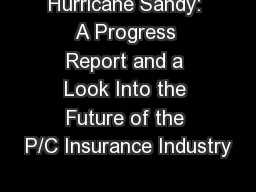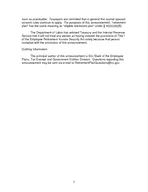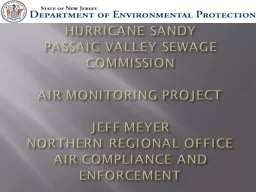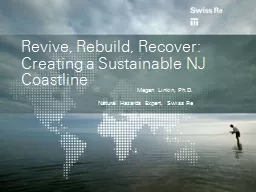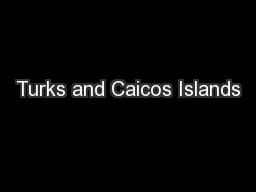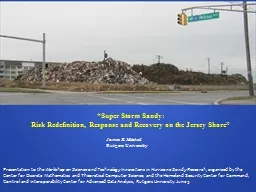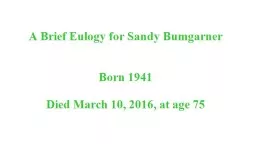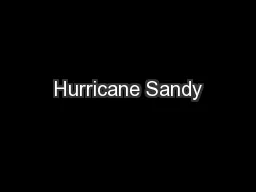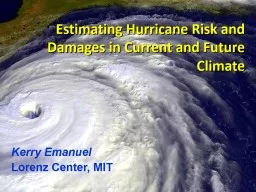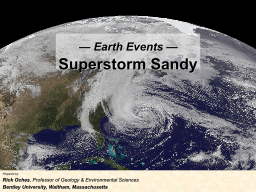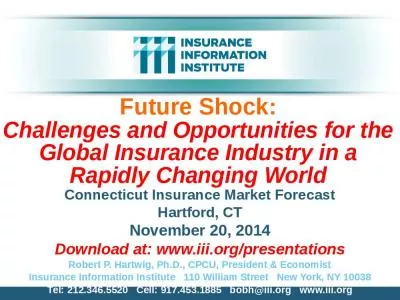PPT-Hurricane Sandy: A Progress Report and a Look Into the Future of the P/C Insurance Industry
Author : briana-ranney | Published Date : 2018-10-12
Independent Insurance Agents and Brokers of Suffolk amp TriCounty Melville NY March 14 2013 Download at wwwiiiorgpresentations Robert P Hartwig PhD CPCU President
Presentation Embed Code
Download Presentation
Download Presentation The PPT/PDF document "Hurricane Sandy: A Progress Report and a..." is the property of its rightful owner. Permission is granted to download and print the materials on this website for personal, non-commercial use only, and to display it on your personal computer provided you do not modify the materials and that you retain all copyright notices contained in the materials. By downloading content from our website, you accept the terms of this agreement.
Hurricane Sandy: A Progress Report and a Look Into the Future of the P/C Insurance Industry: Transcript
Download Rules Of Document
"Hurricane Sandy: A Progress Report and a Look Into the Future of the P/C Insurance Industry"The content belongs to its owner. You may download and print it for personal use, without modification, and keep all copyright notices. By downloading, you agree to these terms.
Related Documents

